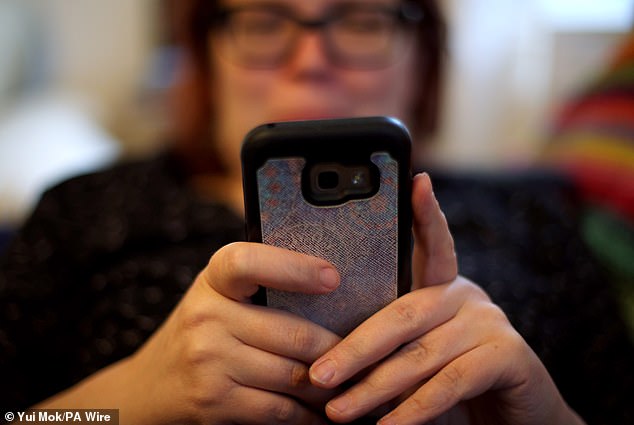The number of virtual GP appointments has increased fivefold in a year and reached record highs, new data shows
The number of GP appointments conducted online or via video has reached a record high despite concerns over patient safety, official figures show.
According to NHS England, the rate has increased fivefold in just over a year, from one in 100 consultations in May 2023 to one in 20 in August.
Patient groups warn that the push for remote care could deter some people from seeking help and risks serious diseases such as cancer being overlooked.
Older people who feel uncomfortable disclosing personal medical problems over the internet may be more affected, according to campaign group Silver Voices.
According to NHS England, the number of virtual GP appointments has increased fivefold in just over a year, from one in 100 consultations in May 2023 to one in 20 in August.
The proportion of GP appointments made via video or online has risen steadily for most of the past year and a half, reaching above 1 per cent in May 2023, 2 per cent in August and 3 per cent in December.
In March this year it was 4 percent and in August it was 5.2 percent – the first time it has risen above 5 percent.
The increase in appointments via video or online has coincided with a decline in face-to-face consultations – a trend accelerated by the pandemic.
Around 70.8 per cent of GP appointments were carried out in person in October 2023, but this had fallen to 64.8 per cent by August this year – the lowest figure since June 2022.
The share of telephone appointments was 26.1 percent in August and has remained stable at around 26 percent over the past twelve months.
Similar data for GP appointments in England will start in March 2022.
Doctors say remote consultations are ‘often more convenient’ for patients, but are ensuring requests for face-to-face appointments are respected.
However, Dennis Reed, director of Silver Voices, which campaigns for the over-60s, says: ‘We have long been warning about the risks of remote appointments.

The proportion of GP appointments made via video or online has risen steadily for most of the past year and a half, reaching more than 1 percent in May 2023, 2 percent in August and 3 percent in December
‘They may be easier and preferable for GPs, but they can prevent some older people from receiving care or impact the quality of care they receive.
‘A GP who makes an appointment remotely cannot see how a patient enters the room or grimaces when he or she sits down. They cannot do a physical examination, check their blood pressure or heart rate.
‘And patients may be reluctant to describe symptoms online as they would if they were face-to-face, due to privacy concerns.
‘This can lead them to hide symptoms and miss and worsen serious conditions.
‘GPs should give patients the choice of what type of consultation they want, but we know from our members that this does not always happen.’

Older people who feel uncomfortable disclosing personal medical problems over the internet are more likely to suffer, say campaigners
Dr. Rachel Ward, GP and member of campaign group Rebuild General Practice, said: ‘GPs are seeing more patients than ever before – a total of 27.6 million appointments were made in August alone.
‘We have been sounding the alarm for years and saying that the profession must retain its GPs, receive fairer financing and have more autonomy.
‘Where we can offer online appointments – and importantly, when patients want to do so – we will do so.
‘This is often more convenient for our patients and ensures that we can see all patients faster and equally effectively.
‘For patients who need or request an in-person appointment, we ensure that this is respected and that patients receive the care they want and deserve.
‘The core of the problem is not about online appointments, but about having enough GPs to start with.’
Professor Kamila Hawthorne, president of the Royal College of GPs (RCGPs), also supported a ‘mixed methods approach’.
She added: ‘This should be a decision between patient and doctor.
‘Many patients prefer the convenience and flexibility that remote consultations – by telephone or video – can provide, and research has also shown that remote care is safe in the vast majority of cases.
‘However, we also know that many patients prefer personal care and that is how the vast majority of GP practice appointments are carried out.
‘In many cases, GPs first consult with a patient remotely and then ask them to come to the practice if it is necessary to see them in person.’
A spokesperson for the Department of Health and Social Care said: ‘Patients who prefer a face-to-face appointment should have one and we are also committed to shifting care from analogue to digital, which includes that we can offer patients digital appointments where and when they need them.
‘We will get primary care back on its feet, shift the focus from hospitals to the community, restore the front door of the NHS and end the misery of people who can’t get a GP appointment.’
